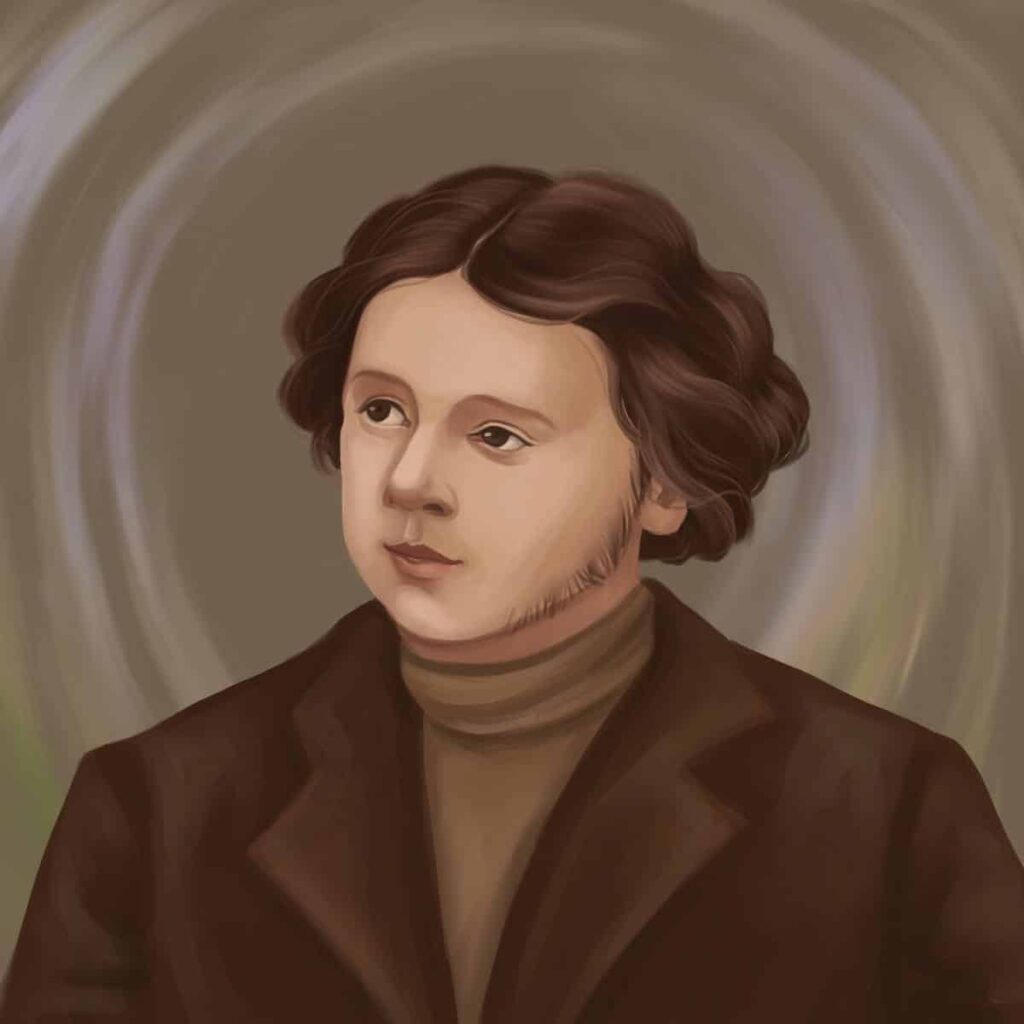To India My Native Land

Henry Derozio
My country! Thy day of glory fast
A beauteous halo circled round thy brow,
And worshipped as a deity thou waste,
Where is that glory, Where that reverence now?
Thy eagle pinion is chained down at last
And groveling lowly in the dust art thou;
Thy minstrel hath no wreath to weave for thee
Save the sad story of they misery!
Well-let me dive into the depth of time,
And bring from out the ages that have rolled,
A few small fragments of those wrecks sublime
Which-human eyes may never more behold;
And let the guerdon of my labour be,
My fallen country! One kind wish for thee!
- Biography -
- Henry Derozio he was an Anglo-Indian poet and assistant headmaster of Hindu College, Kolkata.
- He was radical thinker of his time one of the 1st Indian educators to disseminate western learning and science among the young men of Bengal.
- He was born on (18-April-1809) in Kolkata.
- He was died at age 22, on (26 December 1831) in Kolkata.
- His parents were:
- Mother Sophia Derozio.
- Father Francis Derozio.
- Francis Derozio is a Christian-Indio Portuguese office worker.
- Sophia Derozio as an English woman.
- His poems are:
- The Harp of India.
- Song of Hindoostani-minstrel.
- A Metrical Tale and Other Poems.
Introduction

The poem “To India – My Native Land” has been written by Henry Louis Vivian Derozio- the founder of the Young Bengal movement that took an active part in the freedom struggle against the British. The poem reflects his love for India.
In this poem, the poet laments the fact that India has been enslaved by the British and he desires to bring back her glory. The theme of the poem is quite similar to that of Harp of India written by the same poet. “To India – My Native Land” is a sonnet having the rhyme scheme abab abcc dede ff.
|| Summary ||
Stanza 1
The poet sights My country! I.e. India. The phrase depicts the poet’s lament over the suffering of his country. According to him, in its days of glory past i.e. before the British, the country had a glorious past. It had a beauteous halo circled round her forehead and was worshipped as a deity. Halo means a circle of light which is often seen in pictures of saints and angels surrounding their foreheads and represents their holiness. The poet means that India was a Holy Land and she was worshipped as God by her inhabitants. Having praised her glorious beauty and holiness in the past, the poet asks his country where is thy glory and the reverence now. Thy means your and reverence means respect.
The poet asks his country where she has her glory and respect gone which she possessed in the past. Note that India is depicted as Mother as believed in Hinduism
Stanza 2
In the second stanza, the poet says that her eagle pinion is chained down at last. Pinion means wing and last means ground. Eagle is a bird that remains free and up in the air. But like an eagle, India has been chained and enslaved. She is now groveling in the lowly dust. Groveling means crawling. Lowly means low status. Thus after being enslaved, the country has lost its high status and rather than flying in the air it is crawling on the ground. Her minstrel i.e. poets have no wreath to weave for thee. Wreath means flowers and here it means poems and songs written and sung in the praise Of country. According to the poet, the poets cannot write and sing for the country now. Save here means left. The line means that what is left behind is the sad story of thy misery! There is no praise of her glory but stories of her tragedy.
Stanza 3
Having lamented the slavery of his country, the poet desires to dive into the depths of time and bring from out the ages i.e. go back to the glorious past and bring back that respect and status which has been broken into a few small fragments and cannot be seen by the human eyes
Stanza 4
And for doing so he wants his country back as a reward. Thus the poem ends in hope for a better future of India.
